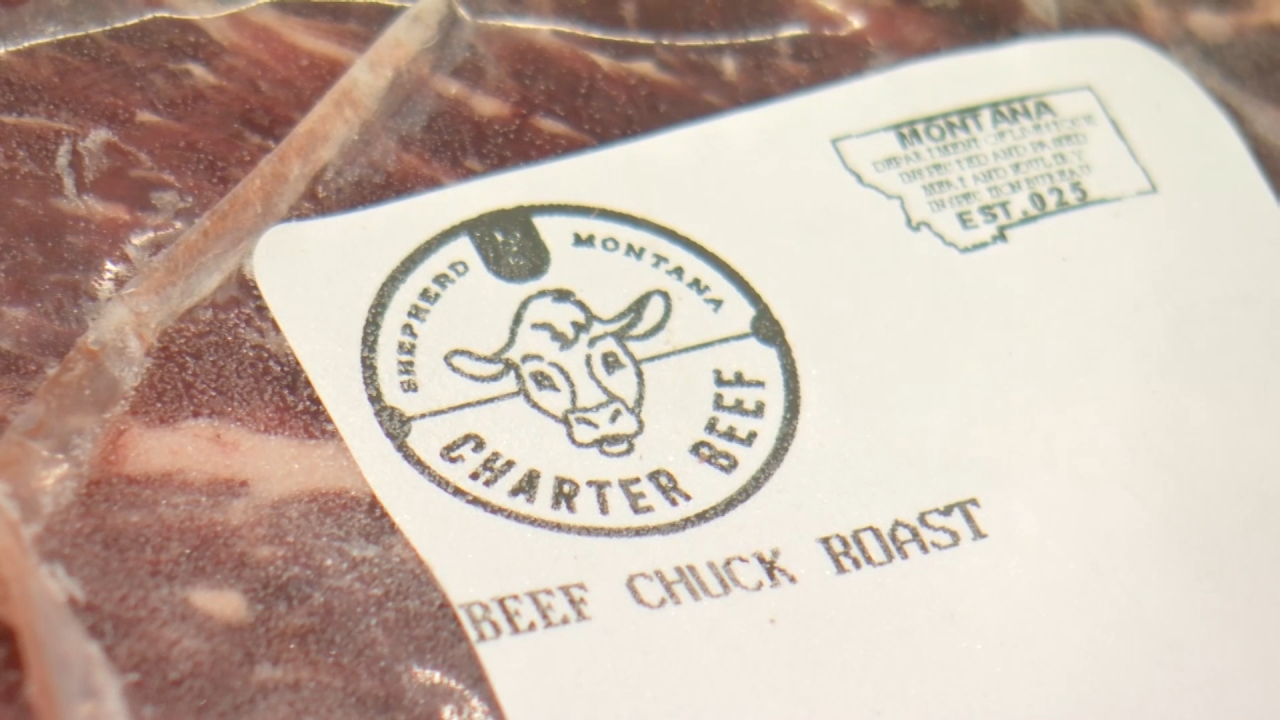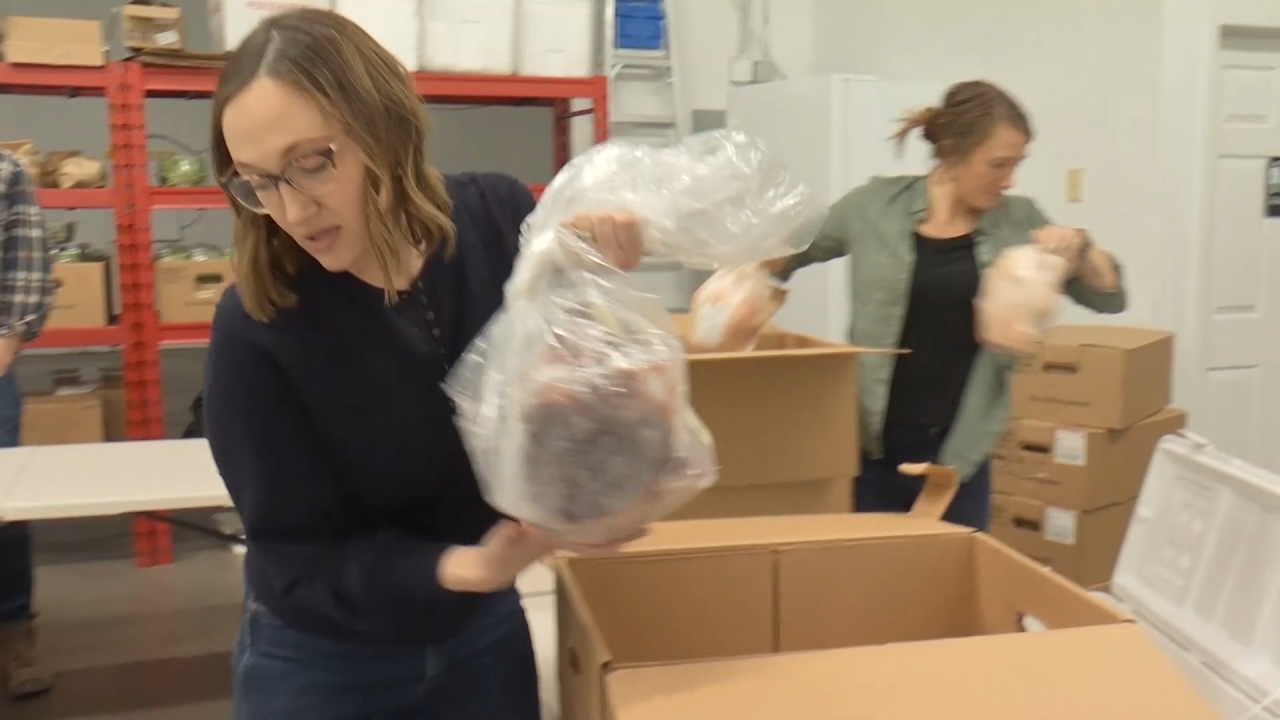BILLINGS — Consumers are paying more for just about everything at the grocery stores these days, and that certainly includes beef. Beef prices jumped around 20% in 2021, but many Montana ranchers—who raise the cattle that eventually end up on the dinner table—say they’re not reaping the benefits you might expect.
“That’s what everybody thinks. Beef is at record high prices. And the prices we have been getting are record low prices. Now, our input costs are going up so family farm and ranchers like me are really in a tight squeeze now," says Steve Charter, who raises cattle on an 8,000-acre ranch near Shepherd.
He says many family ranchers, like himself, are facing a perfect storm right now.
“We have been getting low prices, we are in a three-year drought, and now input prices are going through the roof. So, we are not going to be able to withstand that, so... we are at a critical time,” Charter said.

Charter and his daughter Annika Charter-Williams, who also ranches, say they continue to see their percentage of the consumer dollar shrink.
“There are only four big corporations making the money. It’s not the farmers and ranchers--and the consumers they are not getting that benefit of affordable food anymore,” says Annika.
They blame a lack of competition in the meatpacking industry. Back in 1921, the Packers and Stockyard Act was passed by Congress to assure fair competition and fair-trade practices to safeguard farmers and ranchers, but Charter says the problem has become even worse now.
“Basically, they quit enforcing any of these monopoly laws and these companies just started gobbling up each other to where it got to be four companies,” Charter says.
Those four companies—JBS, Cargill, National Beef Packing, and Tyson now control almost 85% of the industry—up from just 25% a half-century ago in 1970.
Charter says there needs to be more medium-sized processors. At one time there were thousands of them across the nation. In Billings, Pierce Packing was one of the area's largest employers before it shut down in the mid-1980s. Most have been bought up or pushed out—and Charter believes that gives the big companies an unfair advantage to dictate prices.
According to the White House, ranchers got 60 cents on every consumer dollar spent on beef 50 years ago and it’s down to 39 cents today. At the same time, the dominant meat-processing companies are turning record profits.
“It’s kind of like going into a poker game knowing it is not honest but playing anyway,” says Charter.

"Literally, the four CEOs of these four major companies could go out on a golf course and determine what they are going to pay for beef,” says Montana U.S. Sen. Jon Tester, a Democrat.
Tester would like to see some teeth put into the Packers and Stockyard Act. He introduced a bill to establish a special investigator for competition matters.
He also was lead sponsor of a bill, co-sponsored with Montana Republican U.S. Sen. Steve Daines, that would require large meat-packers to buy at least 50 percent of cattle on the cash market, which he says will make it harder for packers to manipulate prices.
Tester says there are several bills with bi-partisan support that congress needs to pass that can help the situation.
“All of these things are going to be hard to get through the process because the big packers aren’t going to want it and they are going to come in and they are going to lobby and tell you the world is going to end and that we are ruining the whole system. But in the end, I can tell you that we have in Montana cow-calf producers will tell you the margins are so small that they are being forced out of business-- while they say that the big packers are making record profits,” Tester says.

One way the Charters have tried to keep going is by joining with other producers and selling their beef through the Yellowstone Valley Food Hub, a co-op that consumers can order from online for delivery or pickup.
“The pandemic really demonstrated the flaws in our broader system and the lack of resiliency,” says general manager Michelle Schahczenski.
“I think the reason we saw our sales go up so much was because it was this really poignant moment of demonstrating if we don’t support our local ranchers they are going to go away,” she says.
Charter says part of the solution is to develop a local market, but also says Montana can’t begin to sell all its beef that way.
“We need reform of the system,” he says.
And whether that change happens could very well determine if his family’s ranching tradition carries on.
“For us personally, if there isn’t more money to be made in the cattle industry it doesn’t make money for my family to keep at it. Which is devastating to me,” says Annika.
Charter isn’t optimistic.
“The future is kind of like the immediate past. It’s fewer and fewer family farms and that is just going to continue unless we can get a bigger share of the consumer dollar,” he says.







